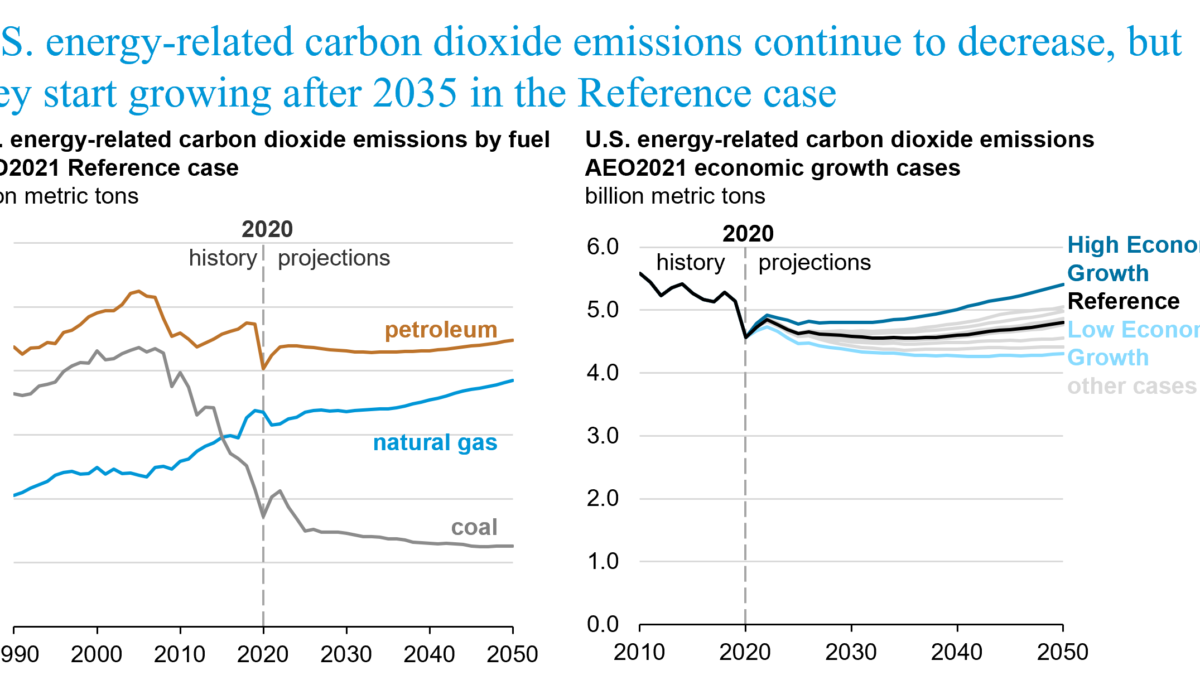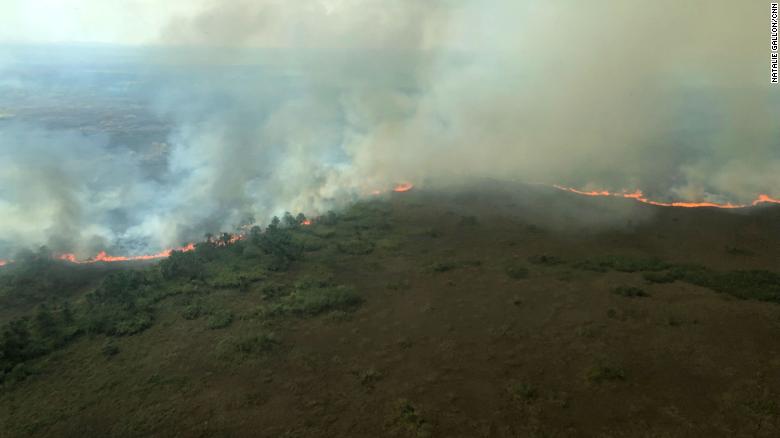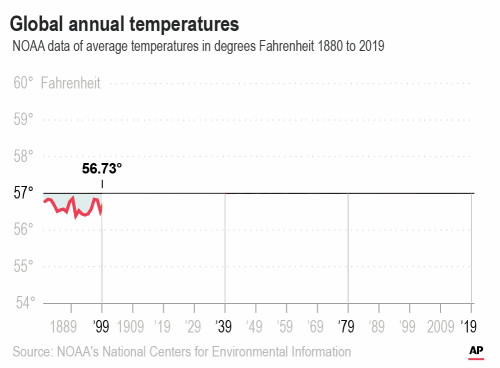Graph of the Day: NOAA annual greenhouse gas index (AGGI), 1700-2015
![Pre-1978 changes in the CO2-equivalent concentration and the NOAA annual greenhouse gas index (AGGI) based on the ongoing measurements of all greenhouse gases reported here, measurements of CO2 going back to the 1950s from C.D. Keeling [Keeling et al., 1958], and atmospheric changes derived from air trapped in ice and snow above glaciers [Machida et al., 1995, Battle et al., 1996, Etheridge, et al., 1996; Butler, et al., 1999]. Equivalent CO2 atmospheric amounts (in ppm) are derived with the relationship (Table 1) between CO2 concentrations and radiative forcing from all long-lived greenhouse gases. Graphic: NOAA](https://lh3.googleusercontent.com/-P-E__J24ZGI/WDYRjkWztYI/AAAAAAAAhxo/SGszqEa6N7w/image_thumb%25255B2%25255D.png?imgmax=800)
30 April 2016 (NOAA) – The annual greenhouse gas index (AGGI) is a measure of the warming influence of long-lived trace gases and how that influence is changing each year. The index was designed to enhance the connection between scientists and society by providing a normalized standard that can be easily understood and followed. The warming influence of long-lived greenhouse gases is well understood by scientists and has been reported by NOAA through a range of national and international assessments. Nevertheless, the language of scientists often eludes policy makers, educators, and the general public. This index is designed to help bridge that gap. The AGGI provides a way for this warming influence to be presented as a simple index.
Increases in the abundance of atmospheric greenhouse gases since the industrial revolution are mainly the result of human activity and are largely responsible for the observed increases in global temperature [IPCC 2013]. However, climate projections have model uncertainties that overwhelm the uncertainties in greenhouse gas measurements. We present here an index that is directly proportional to the direct warming influence (also know as climate forcing) supplied from these gases. Because it is based on the observed amounts of long-lived greenhouse gases in the atmosphere, this index contains relatively little uncertainty.
The Intergovernmental Panel on Climate Change (IPCC) defines climate forcing as “An externally imposed perturbation in the radiative energy budget of the Earth climate system, e.g. through changes in solar radiation, changes in the Earth albedo, or changes in atmospheric gases and aerosol particles.” Thus climate forcing is a “change” in the status quo. IPCC takes the pre-industrial era (chosen as the year 1750) as the baseline. The perturbation to direct climate forcing (also termed “radiative forcing”) that has the largest magnitude and the least scientific uncertainty is the forcing related to changes in long-lived, well mixed greenhouse gases, in particular carbon dioxide (CO2), methane (CH4), nitrous oxide (N2O), and halogenated compounds (mainly CFCs).
Atmospheric global greenhouse gas abundances are used to calculate changes in radiative forcing beginning in 1979 when NOAA’s global air sampling network expanded significantly. The change in annual average total radiative forcing by all the long-lived greenhouse gases since the pre-industrial era (1750) is also used to define the NOAA Annual Greenhouse Gas Index (AGGI), which was introduced in 2004 [Hofmann et al., 2006a] and has been updated annually since. […]
An Annual Greenhouse Gas Index (AGGI) has been defined as the ratio of the total direct radiative forcing due to long-lived greenhouse gases for any year for which adequate global measurements exist to that which was present in 1990. 1990 was chosen because it is the baseline year for the Kyoto Protocol. This index, shown with the direct radiative forcing values in Table 2 and on the right-hand axis of Figure 4, is a measure of the interannual changes in conditions that affect carbon dioxide emission and uptake, methane and nitrous oxide sources and sinks, the decline in the atmospheric abundance of ozone-depleting chemicals related to the Montreal Protocol, and the increase in their substitutes (HCFCs and HFCs). Most of this increase is related to CO2.
For 2015, the AGGI was 1.37 (representing an increase in total direct radiative forcing of 37% since 1990). The increase in CO2 forcing alone since 1990 was about 50% (see Fig. 3). The decline in the CFCs has tempered the increase in net radiative forcing considerably. The AGGI is updated each spring when air samples collected during the previous year from all over the globe have been obtained and analyzed. Changes in radiative forcing before 1978 are derived from atmospheric measurements of CO2, started by C.D. Keeling [Keeling et al., 1958], and from measurements of CO2 and other greenhouse gases in air trapped in snow and ice in Antarctica and Greenland [Etheridge et al., 1996; Butler et al,, 1999]. These results define atmospheric composition changes going back to 1750 and radiative forcing changes since preindustrial times (Figure 4). This longer-term view shows how increases in greenhouse gas concentrations over the past 60 years (since 1950) have accounted for three-fourths (75%) of the total increase in the AGGI over the past 260 years. [more]
The NOAA annual greenhouse gas index (AGGI)
By Bob Berwyn
19 May 2016
(InsideClimate News) – The level of carbon dioxide in the atmosphere is not just rising, it’s accelerating, and another potent greenhouse gas, methane showed a big spike last year, according to the latest annual greenhouse gas index released by the National Oceanic and Atmospheric Administration.
CO2 emissions totaled between 35 and 40 billion tons in 2015, according to several agencies. Some of that is absorbed by forests and oceans, but those natural systems are being overwhelmed by the sheer volume of new CO2. As a result, the inventory shows, the average global concentration increased to 399 parts per million in 2015, a record jump of almost 3 ppm from the year before.
Methane levels jumped 11 parts per billion from 2014 to 2015, nearly double the rate they were increasing from 2007 to 2013. Methane, and other greenhouse gases like nitrous oxide and tropospheric ozone, are measured in parts per billion because the concentrations are lower.
“This inventory shows the rate of releases are increasing. It’s going completely in the wrong direction, with no sign that the planet as a whole has the problem under control,” said Kevin Trenberth, a senior scientist in the climate analysis section at the National Center for Atmospheric Research who wasn’t involved in compiling the inventory. […]
“This isn’t a model. These are precise and accurate measurements, and they tell us about how humans are changing the balance of heat in the Earth system,” said Jim Butler, director of NOAA’s Global Monitoring Division, in a statement. “We’re dialing up Earth’s thermostat in a way that will lock more heat into the ocean and atmosphere for thousands of years.” [more]
Far From Turning a Corner, Global CO2 Emissions Still Accelerating


